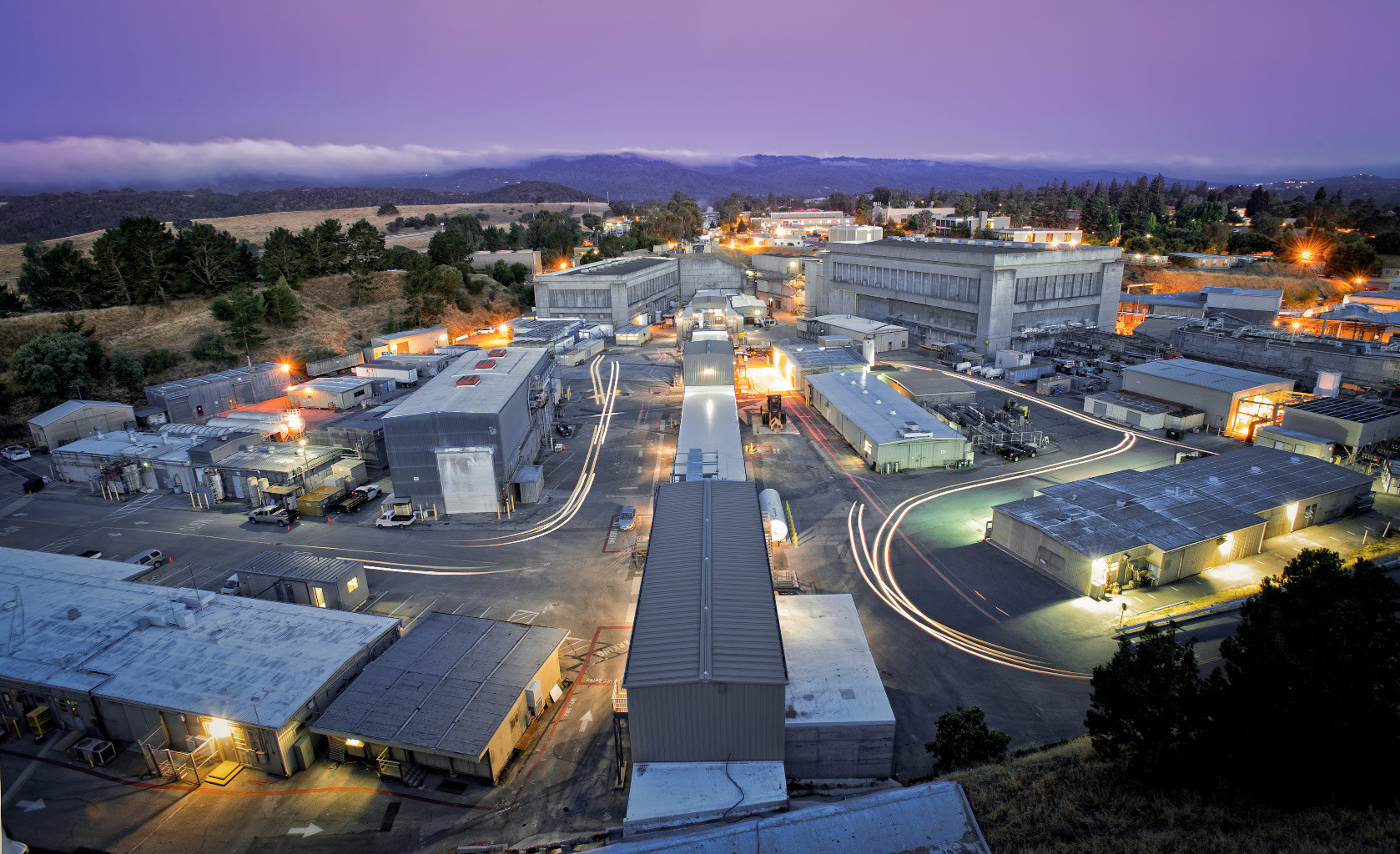- Tender X-ray spectroscopy Opportunities at LCLS and SSRL
- Attosecond XFELs: Recent Progress and Future Applications
- Metals in Biology AM
- Ultrafast Scattering at the high energy limit: Challenges and Opportunities in the 15-25 keV photon energy range
- CryoEM of Macromolecules and cells
- Nanofabrication for X-ray Sciences
- Scientific Opportunities for Remote Access to User Facilities
- Metals in Biology PM
- Ultrafastt X-ray spectroscopy for catalysis dynamics: Condensed phase and interface chemistry
- TMO beyond early science
- Matter in Extreme Conditions AM
- Circular Dichroism Studies in the Gas Phase - Opportunities for Polarization Control
- Theory and hands on software workshop on advanced calculations of X-ray spectroscopy with FEFF10, OCEAN, Corvus, and WebXAS
- Diversity, Equity, and Inclusion in Science: Guidelines for Research groups
- Non linear science at the Tender X-ray Instrument
- Bioscience enabled by serial crystallography at LCLS and SSRL
- MeV-UED workshop AM
- MeV-UED workshop PM
- Time Resolved Photoemission using Momentum Microscope at LCLS-II
- High-repetition rate X-ray imaging/scattering
- X-ray spectroscopic studies of superconducting and low-dimensional nickelates
- Time Resolved - Bridging time scales between synchrotron & XFELS (Wednesday)
- Computational methods in the Structural Sciences
- How to Present Scientific Content in Different Contexts
- Synchrotron and Neutron Investigations of Deep subsurface Energy Systems
- Enhancing X-ray spectroscopy with ab initio and classical computational tools to understand environmental processes
- Time Resolved - Bridging time scales between synchrotron & XFELS (Thursday)
2021 SSRL/LCLS Users Meeting
September 20 - 24, 2021
About the Event
The joint Stanford Synchrotron Radiation Lightsource (SSRL) and the Linac Coherent Light Source (LCLS) Users' Conference will be held VIRTUALLY! Registration is still open during the week of the conference. There is no cost, but you must register to access the sessions and workshops! Poster Submission Deadline: CLOSED
Every year, thousands of scientists from universities, laboratories, and private companies around the world use our cutting-edge research facilities. Their discoveries benefit a wide range of fields, including materials and energy sciences, chemistry, biology, medicine, environmental science, engineering, astronomy, and physics.
This annual meeting is a unique opportunity to gather together the lightsource community in a single scientific event that includes numerous presentations in plenary, poster, and parallel sessions. Participants can learn about current/future facility capabilities and the latest user research and discuss science with colleagues from academia, research laboratories, and industry worldwide.
Come join us remotely for the opportunity to join the following sessions for
scientific exchange, discussions, and awards:
– Plenary Sessions – Keynote Talks – Award Presentations
– Scientific Workshops – Poster Sessions – Townhall Discussions – Breakout Sessions
Young Investigator Awards and Presentations:
SSRL William E. and Diane M. Spicer Young Investigator Award
SSRL Melvin P. Klein Scientific Development Award
Satellite Conference
Pittsburgh Diffraction Conference (PDC)
September 19-21, 2021
The 78th Annual Pittsburgh Diffraction Conference is a three-day event featuring lectures and poster presentations. The goal of the conference is to bring together researchers in all areas of fundamental and applied diffraction and crystallographic research to present current topics. The program includes femtosecond diffraction methods, hybrid methods for structural biology, powder diffraction and material science research, new ideas in crystallography and exciting macromolecular structures.
Participants wishing to present a poster during the PDC poster session (September 20, 4-6PM PDT) please submit abstracts by September 10, 2021 (https://smb.slac.stanford.edu/news/PDC-2021/abstracts.html).
The best graduate student poster presentations at the conference will be awarded with the Chung Soo Yoo Award and a $400 cash prize. One award will be given to a poster related to biological research and one to a poster related to materials science or chemistry.
Find more information at: https://smb.slac.stanford.edu/news/PDC-2021/index.html
Scientific Workshops
SLAC National Accelerator Laboratory

As one of 17 Department of Energy national labs, SLAC pushes the frontiers of human knowledge and drives discoveries that benefit humankind. We invent the tools that make those discoveries possible and share them with scientists all over the world.
Explore our facilities and learn about our exciting research through this interactive tour.

SSRL provides extremely bright X-rays for a wide range of experiments that probe matter down to the scale of atoms and molecules. These studies target advances in energy production, human health, environmental cleanup, nanotechnology, novel materials and information technology, among other areas.

LCLS produces ultrafast pulses of X-ray laser light a billion times brighter than any previous X-ray source, allowing researchers to freeze the motions of atoms and molecules and string those images together to make stop-motion movies.
SLAC is operated by Stanford University for the U.S. Department of Energy’s Office of Science.
The Office of Science is the single largest supporter of basic research in the physical sciences in the United States and is working to address some of the most pressing challenges of our time.
